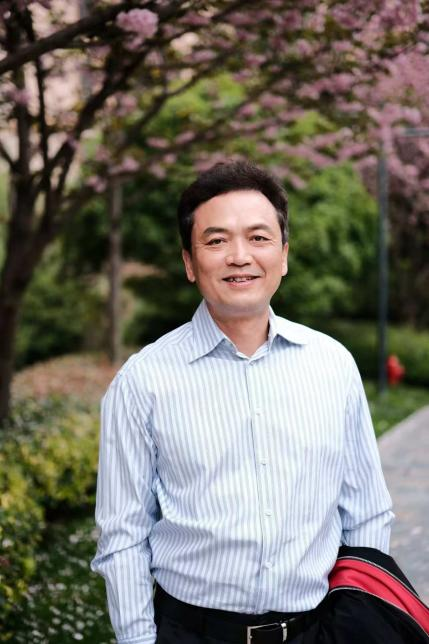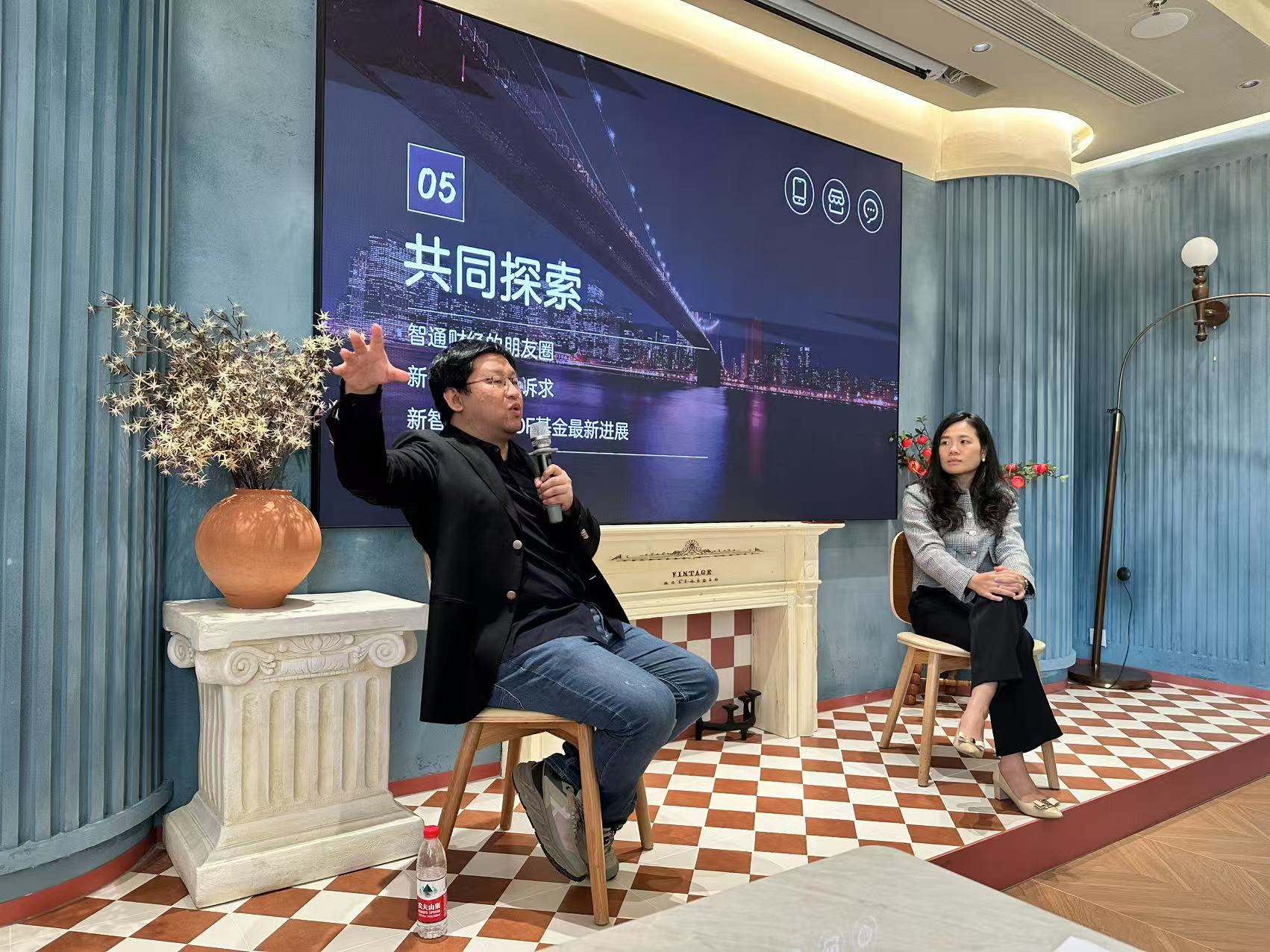Shang Bo Investment: Under the global trend of aging population, there are two low-risk strategies for investing in the pharmaceutical industry.
2024-08-13 11:38
Emily Leveille suggests that there are two strategies to enhance the chances of achieving above-average returns in the pharmaceutical and biopharmaceutical sectors.
Emily Leveille, fund manager and CEO of Shangbo Investment Management Company, wrote that the social challenges and wealth accumulation brought by global aging populations are driving constant innovation in the healthcare sector. Investing in pharmaceutical research and development companies may seem risky, as the outcome of drug development often only results in success or failure. Emily Leveille suggested two strategies to increase the chances of obtaining excess returns in the pharmaceutical and biopharmaceutical sectors.
The first strategy is to focus on potential therapies that address structural major trends such as wealth growth and aging populations, while looking for companies with a good track record in drug development, which can extend their product lifecycle through product line extensions for a second or third time. The second strategy is to invest in downstream companies in the pharmaceutical industry, which help pharmaceutical companies in the development, testing, and manufacturing of drugs.
When examining investment opportunities in the global pharmaceutical industry, Emily Leveille particularly emphasized potential solutions and treatment methods for aging and chronic disease side effects. With populations in Japan, the United States, China, and many European countries continuing to age, these trends may continue to drive growth in the coming decades. The market for healthcare for the elderly, especially chronic disease patients, is vast and continually expanding.
Emily Leveille believed that companies addressing these issues can create significant value for stakeholders. When considering investing in companies related to these major structural trends, it is valuable to look for companies with a strong track record in research and development platforms. Some large European companies, such as AstraZeneca and Novo Nordisk, have been able to expand their drug discoveries to broaden their applications or develop similar drugs.
Emily Leveille stated that AstraZeneca extended the life of the drug and increased market development by expanding the scope of Tagrisso. Novo Nordisk has achieved this using GLP-1 receptor agonists, expanding from initial diabetes indications to obesity, and now expanding to potential treatment areas such as cardiovascular disease, sleep apnea, and kidney disease.
At the same time, Emily Leveille pointed out that bringing drugs to market involves three main processes: research, development, and manufacturing. The research phase includes clinical trials. Contract research organizations like ICON help large pharmaceutical companies design and conduct highly complex global trials to bring products to market quicker and more effectively.
The development and manufacturing processes are intertwined. The manufacturing process is complex and becoming more so, especially with the current trend towards biologic drugs, which are more difficult to manufacture and develop than simple chemical drugs. In this field, contract development and manufacturing organizations (CDMOs) play a clear role as leaders in the development and manufacturing of biologics, providing essential support for the development and manufacture of many other pharmaceutical companies' products.
As the major trends of aging and wealth growth continue to evolve in the coming decades, the pharmaceutical industry will play a crucial role in treating chronic diseases and other elderly health issues. Investors can capture related opportunities with lower risk by investing in pharmaceutical companies with strong research and development platforms and leading downstream companies that provide research, development, and manufacturing support.
RECOMMEND

Advanced investment education | FATCA & CRS leading global tax transparency, who is most affected?
04/08/2025

34 年股市老兵“曾阿牛”:跑赢纳指 110%仍不满足!从第一代股评家到对冲基金管理人的经历
14/06/2025

The first closed door meeting of the New Intelligence Roundtable Faction and the US Dollar Foundation was successfully held in Shanghai
01/05/2025
Customer Service

Add the WeCom

